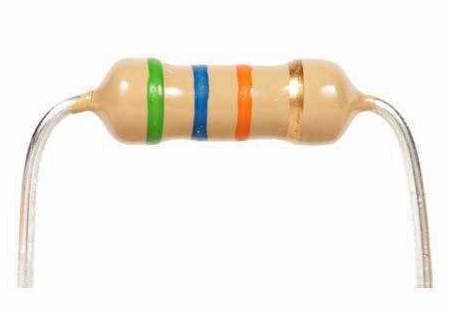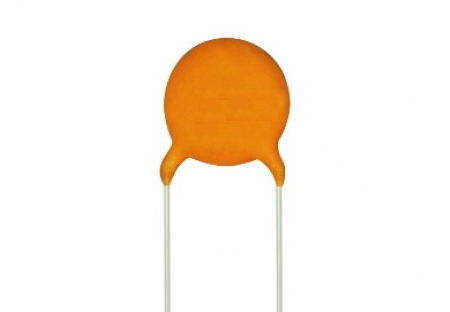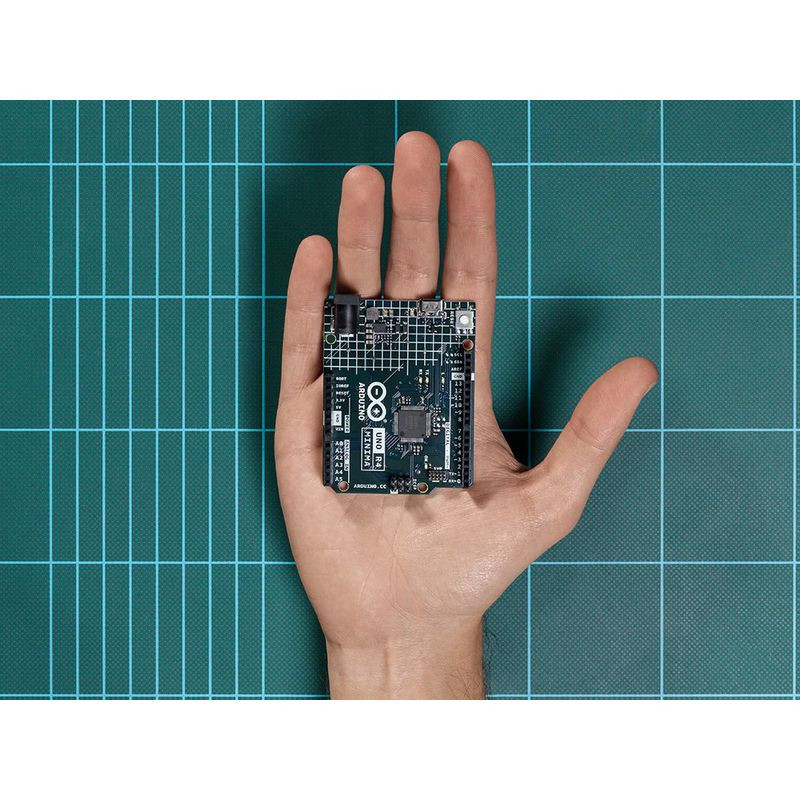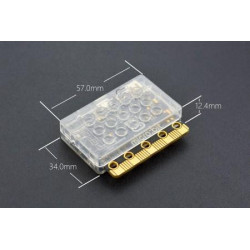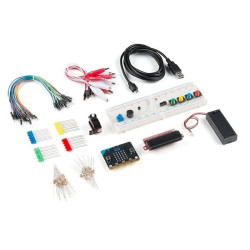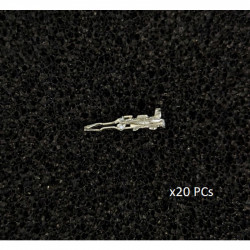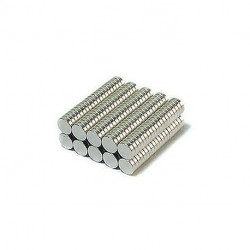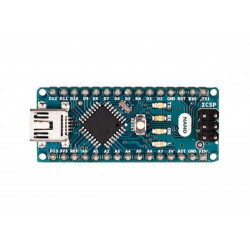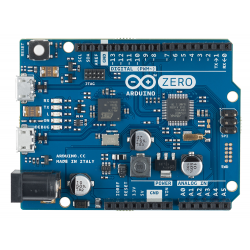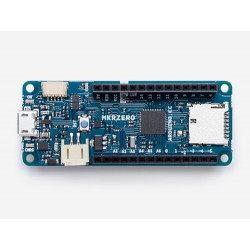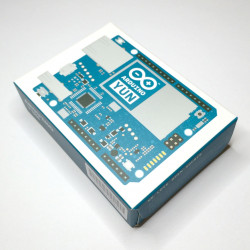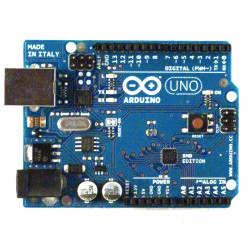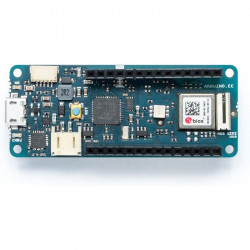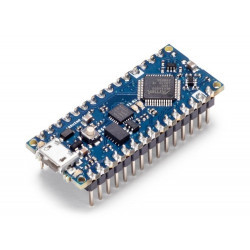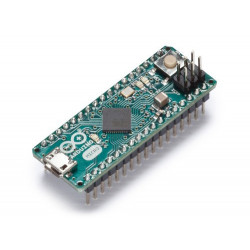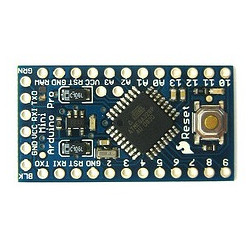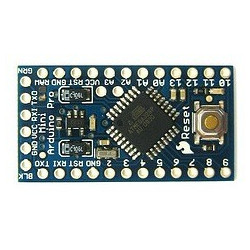Store address and hours
location_on 4131 Fraser St. Vancouver BC Get Directions
phone 604-875-1993 Call us
access_time Hours
| Monday - Friday | 9AM - 5:30PM |
| Saturday - Sunday & Holidays | Closed |
| See Holiday Hours | |

-
 close
close -
CATEGORIES
-
-
-
-
-
-
-
-
-
-
-
-
-
Featured Item
-
-
-
-
-
-
-
more electrical devices
More electrical devices -
more electrical devices
More electrical devices
-
-
more electrical devices
More electrical devices -
more electrical devices
More electrical devices
-
-
Featured Items
-
more electrical devices
More electrical devices
-
-
-
-
-
-
-
-
Featured Item
-
-
-
-
-
-
-
Featured Items
-
-
-
-
-
-
-
-
Featured Items
-
-
-
Featured Items
-
-
-
-
-
-
-
-
-
-
-
Featured Items
-
-
-
-
-
-
-
-
-
Featured Items
-
-
-
-
-
-
featured
-
-
-
Featured Items
-
-
-
-
-
-
-
Featured Items
-
-
-
-
-
Featured Items
-
-
-
-
Featured Products
-
-
-
More Filaments
More Filaments
-
-
-
-
more electrical devices
More electrical devices
-
-
more electrical devices
More electrical devices
-
-
Electrical Devices
-
-
-
more electrical devices
More electrical devices
-
-
-
-
-
-
-
Featured Products
-
-
-
Featured Products
-
-
-
-
BRANDS
-
-
-
-
Brands/Manufacturers
-
-
Manufacturer 3
-
-
- PROJECTS
-
COMMUNITY
-
- SALE Sale
ARDUINO UNO R4 MINIMA
PID# 109922
Description
Introducing the Arduino UNO R4 Minima! This board boasts the RA4M1 microprocessor from Renesas, delivering increased processing power, expanded memory, and additional peripherals. And the best part? It stays true to the reliable UNO form factor and operates at a practical 5 V voltage. Brace yourself for an upgrade like no other with the Arduino UNO R4 Minima!
Enhanced and improved, the Arduino UNO R4 Minima is armed with a powerful 32-bit microcontroller courtesy of Renesas. Brace yourself for increased processing power, expanded memory, and a whole new level of on-board peripherals. The best part? Compatibility with existing shields and accessories remains intact, and there's no need to make any changes to the standard form factor or 5 V operating voltage.
Joining the Arduino ecosystem, the UNO R4 is a trusty addition suitable for both beginners and seasoned electronics enthusiasts. Whether you're just starting out or looking to push the boundaries of your projects, this robust board delivers reliable performance every time.
Here's what the UNO R4 Minima brings to the table:
- Hardware compatibility with UNO form factor: The UNO R4 Minima maintains the same form factor, pinout, and 5 V operating voltage as its predecessor, the UNO R3. This ensures a seamless transition for existing shields and projects, leveraging the extensive and unique ecosystem already established for the Arduino UNO.
- Expanded memory and faster clock: Prepare for more precise calculations and the ability to handle complex projects with ease. The UNO R4 Minima boasts increased memory and a faster clock speed, empowering you to tackle demanding tasks effortlessly.
- Extra on-board peripherals: The UNO R4 Minima introduces a range of on-board peripherals, including a 12-bit DAC, CAN BUS, and OP AMP. These additional components provide you with expanded capabilities and flexibility in your designs.
- Extended 24 V tolerance: The UNO R4 Minima now supports a wider input voltage range, allowing power supplies up to 24 V. This enables seamless integration with motors, LED strips, and other actuators, simplifying your projects by utilizing a single power source.
- SWD connector: Debugging is a critical aspect of any project. Simply connect an external debugger to the UNO R4 Minima and effortlessly monitor the inner workings of your system. Stay in control and gain valuable insights.
- HID support: The UNO R4 Minima comes with built-in HID (Human Interface Device) support, enabling it to simulate a mouse or keyboard when connected to a computer via a USB cable. This convenient feature makes it a breeze to send keystrokes and mouse movements to a computer, enhancing usability and functionality.
Get ready to unlock a world of possibilities with the Arduino UNO R4 Minima. Its exceptional features and enhanced capabilities make it the perfect companion for your innovative ventures.
 If you are looking to upgrade your project with wireless connectivity or want to start exploring the world of IoT, you can check the Arduino UNO R4 WiFi.
If you are looking to upgrade your project with wireless connectivity or want to start exploring the world of IoT, you can check the Arduino UNO R4 WiFi.
Tech specs
| Board | Name | Arduino® UNO R4 Minima |
| SKU | ABX00080 | |
| Microcontroller | Renesas RA4M1 (Arm® Cortex®-M4) | |
| USB | USB-C® | Programming Port |
| Pins | Digital I/O Pins | 14 |
| Pins | Analog input pins | 6 |
| DAC | 1 | |
| PWM pins | 6 | |
| Communication | UART | Yes, 4x |
| I2C | Yes, 1x | |
| SPI | Yes, 1x | |
| CAN | Yes 1 CAN Bus | |
| Power | Circuit operating voltage | 5 V |
| Input voltage (VIN) | 6-24 V | |
| DC Current per I/O Pin | 8 mA | |
| Clock speed | Main core | 48 MHz |
| Memory | RA4M1 | 256 kB Flash, 32 kB RAM |
| Dimensions | Width | 68.85 mm |
| Length | 53.34 mm | |
Documentation
Learn more
Get Inspired
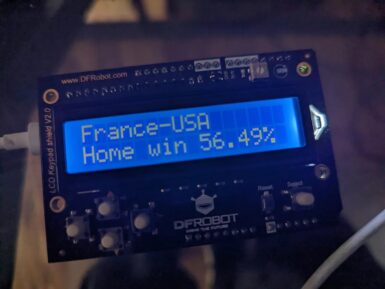
Based on the Renesas RA4M1 microcontroller, the new Arduino UNO R4 boasts 16x the RAM, 8x the flash, and a much faster CPU compared to the previous UNO R3. This means that unlike its predecessor, the R4 is capable of running machine learning at the edge to perform inferencing of incoming data. With this fact in mind, Roni Bandini wanted to leverage his UNO R4 Minima by training a model to predict the likelihood of a FIFA team winning their match. Bandini began his project by first downloading a dataset containing historical FIFA matches, including the country, team, opposing team, ranking, and neutral location. Next, the data was added to Edge impulse as a time-series dataset which feeds into a Keras classifier ML block and produces “win” and “lose/draw” values. Once trained, the model achieved an accuracy of 69% with a loss value of 0.58. Inputting the desired country and rank to make a prediction is done by making selections on a DFRobot LCD shield, and these values are then used to populate the input tensor for the model before it gets invoked and returns its classification results. Bandini's device demonstrates how much more powerful the Arduino UNO R4 is over the R3, and additional information on the project can be found here in his post.
FAQs
Can I use hardware compatible with the Arduino UNO R3 with the Arduino UNO R4 Minima?
Yes, the Arduino UNO R4 Minima was specifically designed to ensure compatibility with previous shields and compatible hardware developed for the Arduino UNO R3. The UNO R4 Minima maintains the same mechanical and electrical compatibility, allowing you to seamlessly use your existing shields and hardware with the new board. This makes it easy to upgrade to the UNO R4 Minima without the need for significant changes or adaptations to your projects.
Can I use my sketch developed for the UNO R3 in the UNO R4 Minima?
Yes, if your sketch was developed using the Arduino API. In case you are using instructions only available for the AVR architecture, some changes need to be made to ensure compatibility.
Are all libraries compatible with the UNO R3 also compatible with the UNO R4 Minima?
No, some UNO R3 libraries use instructions of the AVR architecture that are not compatible with the architecture of the UNO R4 Minima, however there are libraries that have already been ported as part of our early adopters program or are based on the Arduino API.
Frequently bought together
Related products



























































































.png)
